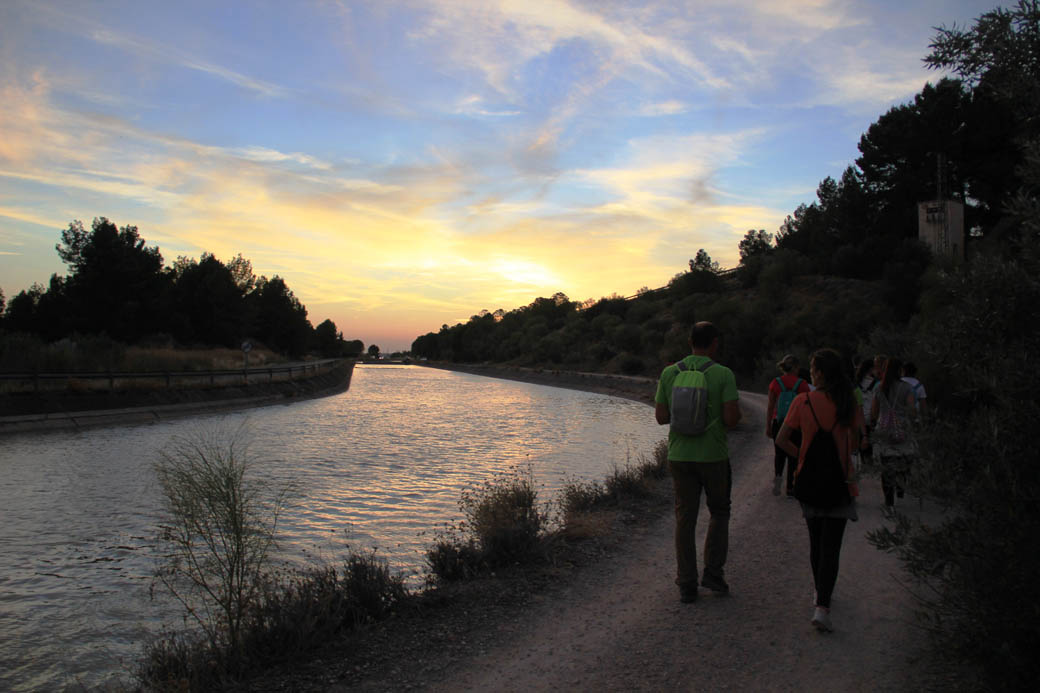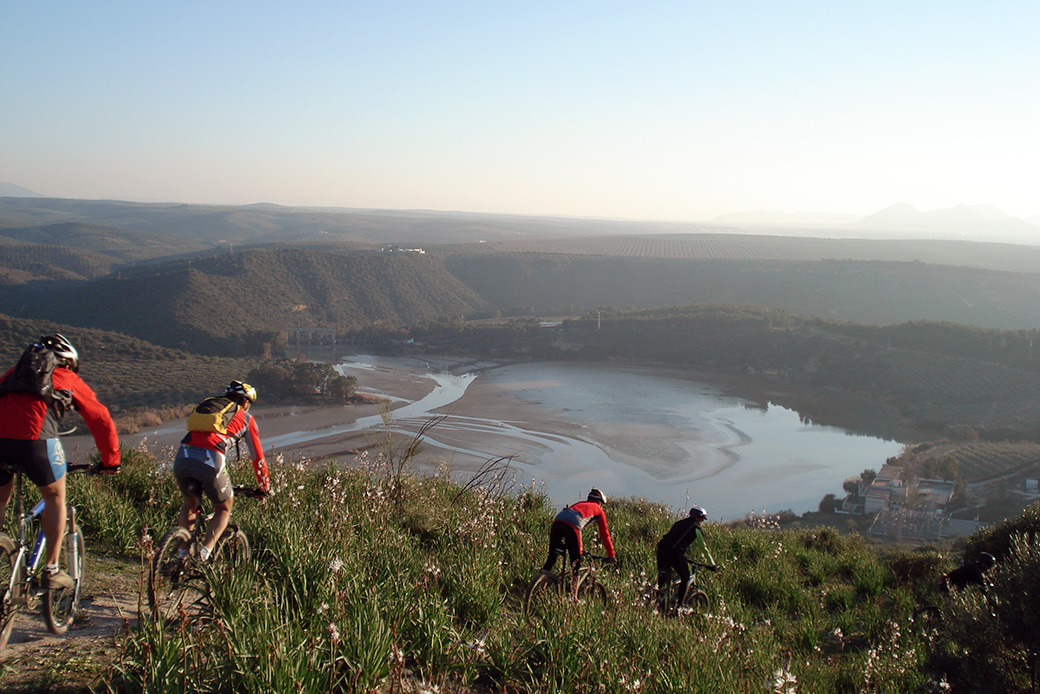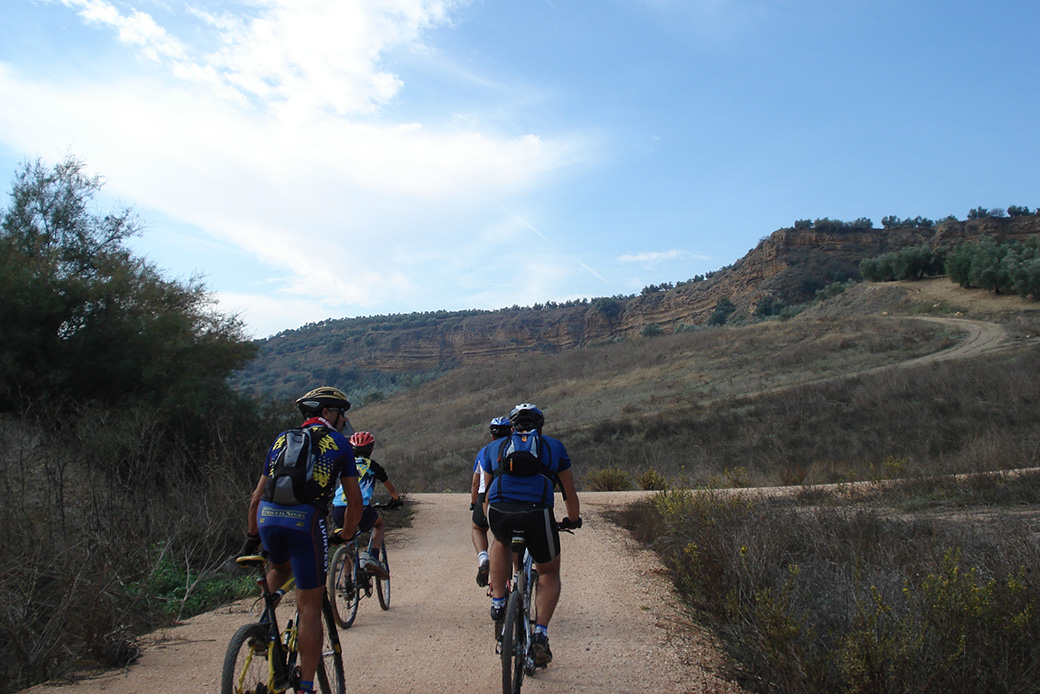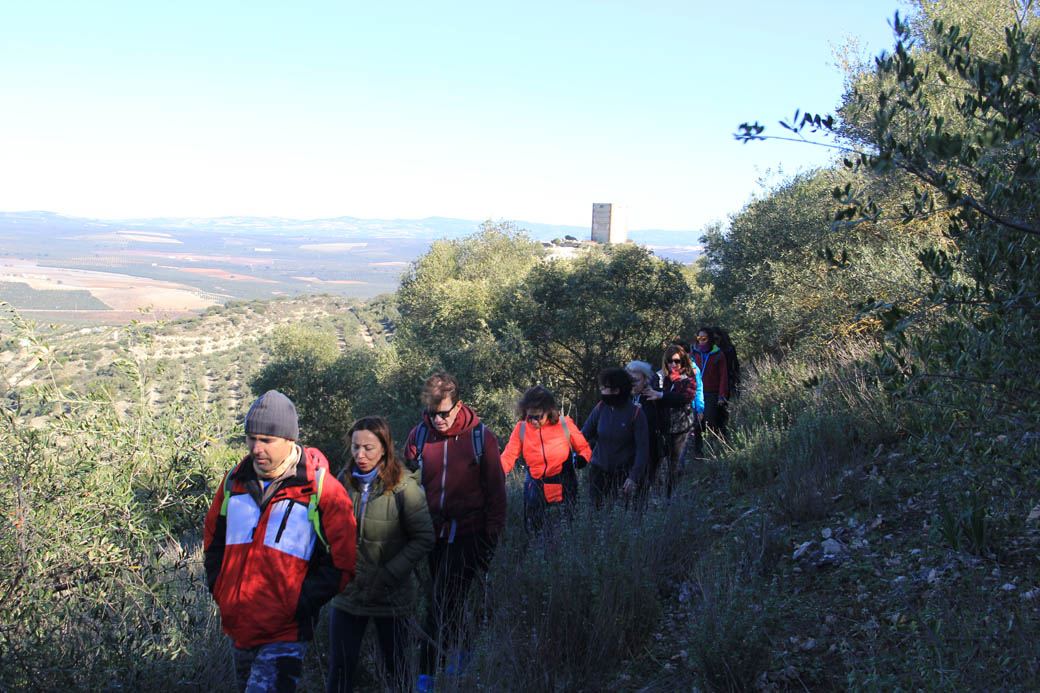
Details of the Lagoon
This lagoon is located in the village of Los Arenales and is reached by following a dirt track called “camino de Monturque” where cattle used to roam. It’s eight kilometers from Puente Genil. It is a small lagoon surrounded by dry land, with a predominance of olive groves and, to a lesser extent, vineyards.
This lagoon is also known as “dry lagoon”, which already indicates that it is a wet area of temporary water, that is, only during certain months of the year will have water, remaining dry the rest of them.
It is not protected, unlike Tíscar and Cordobilla. The lagoon belongs to several farmers and is cultivated in the dry years.
Its shape is approximately round, with a length of about 350 meters, and it barely has any depth, about 30 centimeters. This allows it to fill up quickly with the first rains, but it also dries up quickly with the heat of late spring and summer. It is a freshwater lagoon that remains flooded from December to May, although if the rain is scarce it can remain dry all year round.
There is no vegetation on the shores, but it does exist inside the lagoon. It is an aquatic plant called sedge that protrudes from the water and covers practically the entire flooded surface. Algae also appears under water.
The fauna begins to be seen from the appearance of the first puddles. The first birds that can be seen are mallards, which come from the river and other wetlands.
Also in this lagoon we distinguish winter and summer birds. These are:
Wintering birds (in winter)
- The northern shoveler (Spatula clypeata)
- The common pochard (Aythya ferina)
- The grey heron (Ardea cinerea)
- The lesser black-backed gull (Larus fuscus)
- The western marsh harrier (Circus aeruginosus)
Summer birds (in spring)
- The mallard (Anas platyrhynchos)
- The Eurasian coot (Fulica atra)
- The common moorhen (Gallinula chloropus)
- The black-winged stilt (Himantopus himantopus)
- The common sandpiper (Actitis hypoleucos)
- The American flamingo (Phoenicopterus ruber)
Other animals that we can observe in Los Arenales lagoon are the amphibians. There are three species: The natterjack toad (Epidalea calamita), the marsh frog (Pelophylax ridibundus) and the gallipato (Pleurodeles waltl). Since they need water to live when the lagoon dries up in summer, these amphibians bury themselves in the ground looking for moisture until the rains come back in the next winter. Then they’ll come out again to breed and we’ll be able to see thousands of tadpoles and larvae in the water.
There are many other species, but smaller, that hide among the algae on the bottom, and that are the invertebrates. There are freshwater crustaceans and aquatic insects, such as beetles and dragonflies.
All this means that the lagoon is home to many interesting species, so it is necessary to preserve it. Many people visit it in the spring and spend a picnic there. If they don’t leave trash and respect the animals and plants they will be able to see them again next year.







